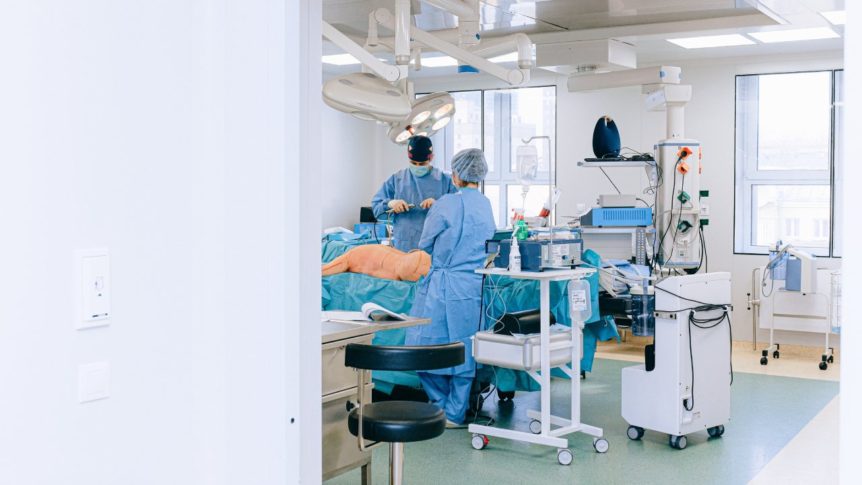
A Novel Robotic Technique in Repair of Bile Duct Leak After Gallbladder Surgery
Bile duct leak can be caused by several reasons but the most common reason is a complication for gallbladder removal surgery, called laparoscopic cholecystectomy. Since the beginning of laparoscopic cholecystectomy in the early 1990’s, a leak from biliary duct is a known issue which can be originating from surgeon’s misperception of the biliary anatomy or severely inflamed gallbladder involving part of the bile duct wall. The traditional treatment of this is via an open operation to do bile duct reconstruction to enable bile from the liver to drain into the small bowel.
Bile duct leak repair and/or bile duct reconstruction surgery are technically challenging due to the often-small size of the biliary tree. It can be as small as 3mm in diameter. The needle and suture placements must be very accurate and precise without mechanical tension. Additionally, the blood supply to the biliary duct is tenuous, which can lead to future stricture/narrowing of the bile duct lumen (opening), and in the long run can even induce development of liver cirrhosis. Therefore, this type of operations needs to be referred to and performed by a specialist in liver and bile duct surgery such as Dr. Iswanto Sucandy and his team.
In the modern era of minimally invasive technique in liver and bile duct specialties, the bile duct leak repair and biliary reconstruction surgery can be performed using the robotic technique which allows the patients to benefit from minimally invasive operation. The operation can be done very precisely with 20x visual magnification and very fine suturing technique, facilitated by the robotic surgical system. Dr Sucandy is an experienced surgeon to perform this type of biliary reconstruction surgery using the robotic system since 2016 in Florida. In fact, Dr Sucandy and his colleagues currently published their outcomes of robotic biliary tract reconstruction surgery on the official journal of Southeastern Surgical Congress, named American Surgeon. In the study, Dr Sucandy compared the outcomes of robotic bile duct reconstruction surgery performed via traditional open technique versus modern robotic technique. The outcomes are favorable for the modern robotic technique. The patients had shorter hospital recovery, less pain, less postoperative complications, earlier return to work, and less hernia rate. Therefore, bile duct leak repair and bile duct reconstruction surgery can be and should be performed minimally invasively whenever local expertise is available. Surgeons with this skills and experience are not available in all hospital or city, therefore this type of bile duct surgery is often not even discussed with the patients.
Dr. Sucandy is a high-volume surgeon for bile duct resection surgery and bile duct reconstruction surgery from various causes. Prior to Dr. Sucandy’s arrival in late 2016 to Tampa, robotic bile duct operation was not performed in Southwest and Central Florida due to lack of expert surgeon in this delicate operation. Since the establishment of minimally invasive liver and bile duct surgery program in Tampa, now Tampa bay citizen can enjoy the benefit of this new technology. Dr Sucandy sees patients that are referred from local Tampa bay area but some patients come as far as Columbus, Ohio and Twin City, Minnesota.

